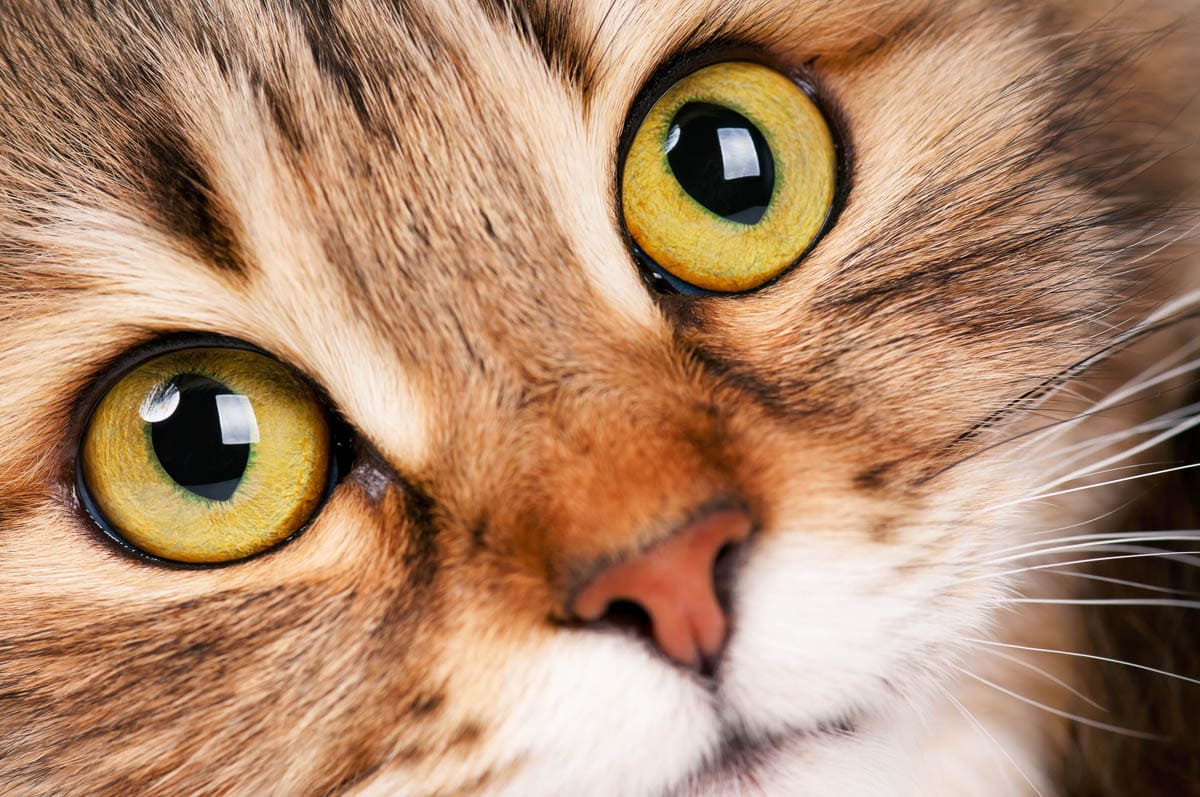What is endodontic disease?
Also known as pulpitis, endodontic disease refers to any inflammation of the pulp within the tooth. Pulpitis can be reversible or irreversible. Endodontic relates to the inner structures of the tooth, including the pulp and tissues surrounding the tooth root.
In the case of reversible pulpitis, once the cause of inflammation is removed, the pulp returns to its healthy state. Left untreated, irreversible pulpitis occurs, resulting from severe inflammation of the pulp which is extremely painful. Over time, the pulp becomes necrotic (dies), and pain subsides.
The cause of endodontic disease in cats is usually a dental fracture that exposes the pulp, although caries and advanced periodontal disease can also cause endodontic disease. Bacteria from the mouth gain access to the exposed area causing infection. Upper canine teeth are especially predisposed to trauma [1]. Bacteria can descend to the root causing an abscess.
Symptoms
- Pain, when the pulp is first exposed, can include reluctance to eat and drooling.
- Once a tooth abscess develops facial swelling, fever and some abscesses may form an open draining tract.
- Discoloured or grey tooth if it has died.
- Once the tooth has died, there may be little to no pain.
- Fever may be present if your cat has a dental root abscess.
Any dental fracture requires a trip to the veterinarian. Cats are very stoic and while they may not appear to be in pain, they undoubtedly will be. Immediate treatment of a fractured tooth can save your cat from unnecessary pain and quite likely prevent loss of the tooth.
Diagnosis
The veterinarian will perform a physical examination and examine the mouth. A fractured tooth, a draining tract or a brown or discoloured tooth all indicate endodontic disease. Swelling around the affected tooth may also be visible.
Dental x-rays will help your veterinarian assess the severity of the infection.
Treatment
- Root canal therapy involves removing the affected pulp and replacing it with a filling.
- Extraction will be necessary for an infected or dead tooth.
Prevention
Seek veterinarian assistance immediately if your cat has a tooth fracture. The problem will not go away without attention.
References:
[1] Cat Health Encyclopedia – Edited by Lowell Ackerman.

